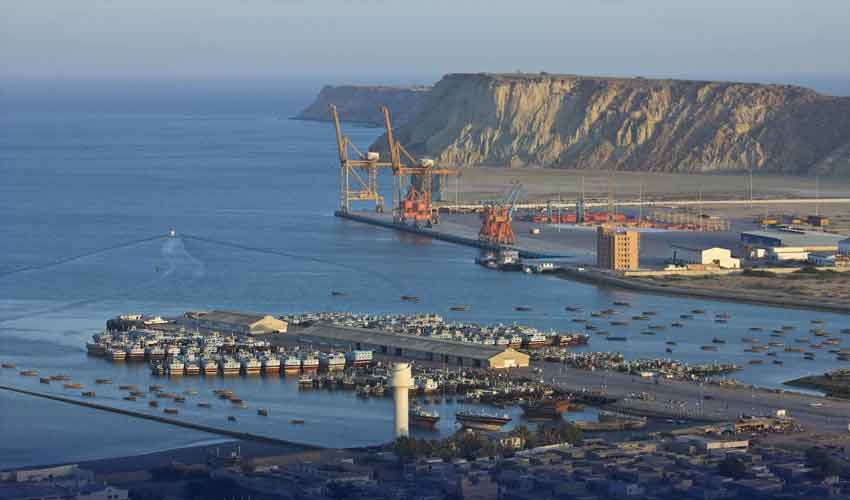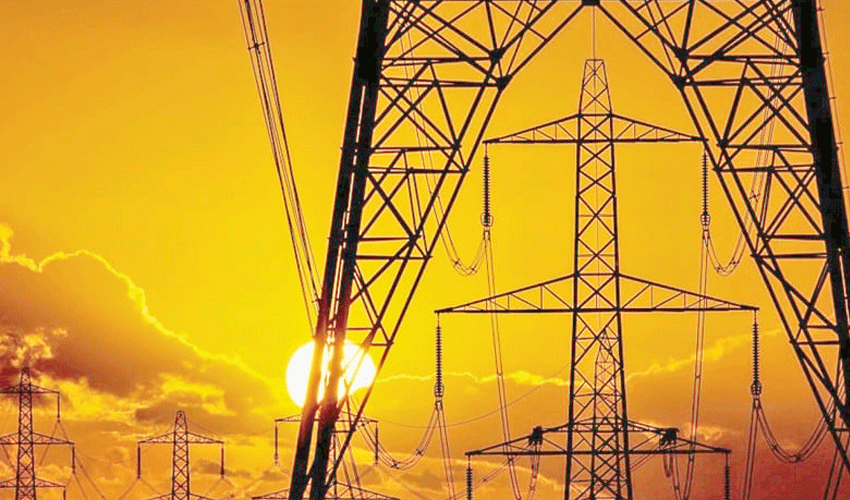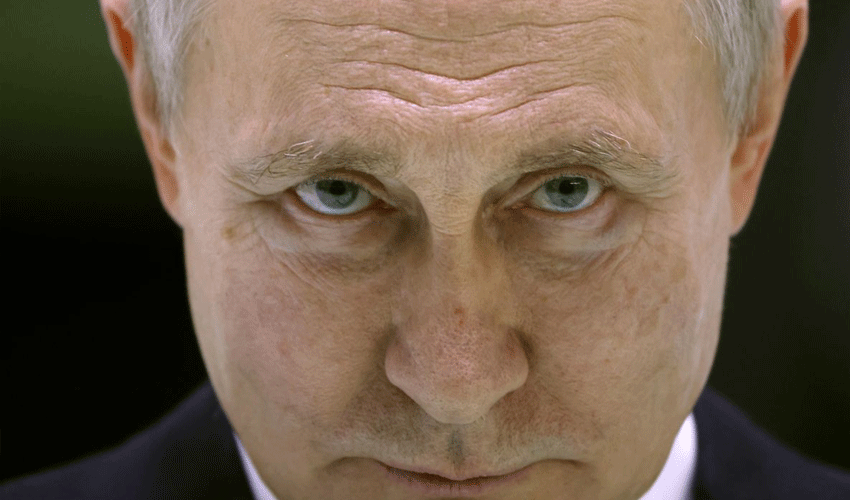Pakistani cryptocurrency expert Waqar Zaka stunned his audience by turning 5,000 investment into a staggering $15,000 during a live YouTube stream, attracting over 3,000 viewers.
The event took place during the Federal Open Market Committee (FOMC) meeting, during which crucial decisions about U.S. economic policy were made.
Zaka’s live trading unfolded in real-time, allowing his audience to witness his calculated moves.
The timing coincided with the FOMC’s decision to cut its key overnight borrowing rate by 50 basis points, the first rate cut since the early days of the Covid-19 pandemic.
This move was made in response to easing inflation and signs of a slowing labour market.
"The Committee has gained greater confidence that inflation is moving sustainably toward 2 percent," the Federal Reserve's statement noted, signalling a cautious but hopeful outlook.
Zakah's bold strategy pays off
Zaka’s decision to trade live during such a volatile period caught the attention of both seasoned investors and curious crypto enthusiasts.
With his trademark confidence, Zaka moved quickly in response to market shifts following the FOMC’s rate cut announcement. Within minutes, his $5,000 investment ballooned to $14,000 and then hit $15,000.
Economic uncertainty after FOMC decision
While Waqar Zaka’s triumph drew attention, the broader economic backdrop remains uncertain. The FOMC’s rate cut comes at a time when the U.S. labour market shows mixed signals.
August saw 142,000 new jobs added, slightly higher than July, but revisions to previous months slashed 89,000 jobs, suggesting a less robust employment picture than initially thought.
Inflation data added to the complexity. Headline inflation fell to 2.5%, its lowest level since February 2021, but core inflation — which excludes food and energy — increased by 0.3%. The persistence of core inflation, now sitting at 3.2%, poses a challenge for policymakers, even as overall inflation cools.
The Federal Reserve now faces a delicate balancing act, weighing the risks of inflation against the potential for economic slowdown.



























